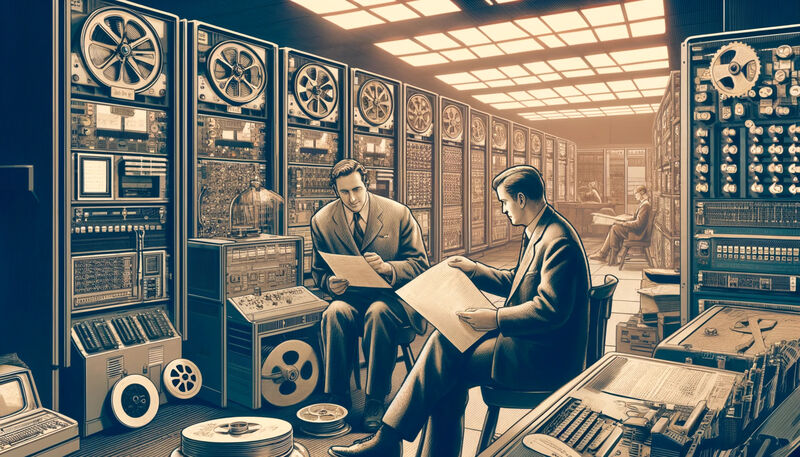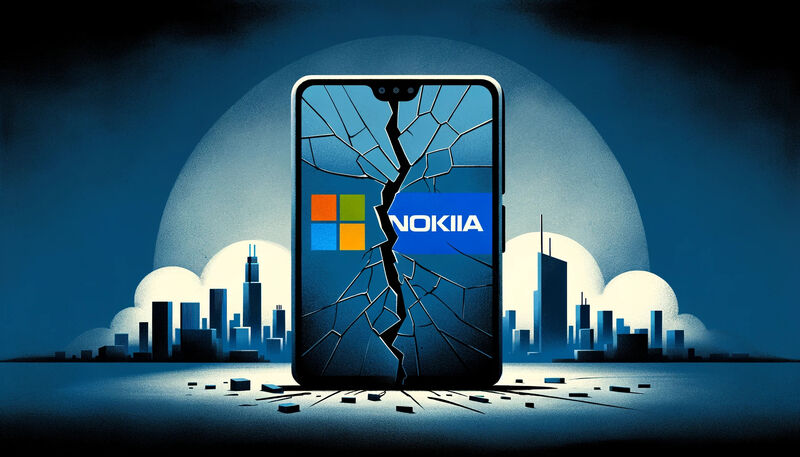Celebrating 60 Years of BASIC: The Language That Democratized Computing

Sixty years ago, on a quiet early morning at Dartmouth College, the computing world was about to change forever. It was May 1, 1964, when mathematicians John G. Kemeny and Thomas E. Kurtz ran the first program using a new programming language they developed, known as BASIC (Beginner's All-Purpose Symbolic Instruction Code), on the college's General Electric GE-225 mainframe. Little did they know, their creation would pave the way for future generations of programmers, democratizing computing across the globe.
What is BASIC?
BASIC, in its original form, is an interpreted programming language designed for simplicity. Its syntax involves running commands line by line, often with line numbers to aid in program structure. For example:
10 PRINT "WHAT IS YOUR NAME?"
20 INPUT N$
30 PRINT "HELLO, ";N$
The language features commands like `GOTO`, which allows for simple loops and basic interactive programs. This straightforward approach made BASIC an ideal starting point for beginners in programming.
The Genesis of BASIC
Before the advent of personal computers, interacting with a computer was a complex and daunting task involving physical wiring, switch operations, and punched cards. Programming languages were typically complex and suited only for professionals. Seeing a need for a more accessible language, Kemeny and Kurtz began their work on what would become BASIC in 1963, following earlier simplified coding experiments at Dartmouth.
Their vision was clear: create a programming language that could be used by students and faculty alike, without the need for extensive technical knowledge. By securing a National Science Foundation grant, they brought a GE-225 computer to Dartmouth and developed a time-sharing system that would allow multiple users to operate the computer simultaneously—a revolutionary idea at the time.
BASIC Goes Mainstream
With the time-sharing system in place, BASIC became a staple at Dartmouth, quickly gaining popularity for its simplicity and effectiveness. The language spread beyond educational institutions, becoming a foundational tool in the burgeoning field of personal computing.
In the mid-1970s, visionaries like Paul Allen and Bill Gates adapted BASIC for the Altair 8800, marking the language's leap into the personal computer market and aiding in the founding of Microsoft. Steve Wozniak, too, developed his own version of BASIC for the Apple I, which later evolved into Applesoft BASIC for the Apple II series.
Throughout the 1980s, BASIC was integral to the software environment of many home computers, including the Atari 800, TRS-80, and Commodore 64. These platforms often included BASIC in their ROM, making it one of the first experiences many users had with programming.
BASIC Today
Despite the evolution of programming languages towards more complex paradigms like object-oriented and functional programming, BASIC has never truly disappeared. It lives on in modern dialects such as Microsoft's Visual Basic, VBA for automation in Office applications, and Small Basic, a simplified version for educational purposes.
BASIC's legacy can be seen in modern languages like Python and JavaScript, which embrace BASIC's principles of simplicity and readability, continuing to make programming accessible to beginners.
As we celebrate the 60th anniversary of BASIC's debut, we remember not just a programming language, but a pioneering effort that made the digital world accessible to millions. Kemeny and Kurtz may not have foreseen the full impact of their work, but today, we can look back and appreciate how their efforts helped shape the technological landscape.
Here's to 60 years of BASIC—a true milestone in the history of computing. Let's raise a glass to the simplicity and accessibility it brought into the world of technology.

